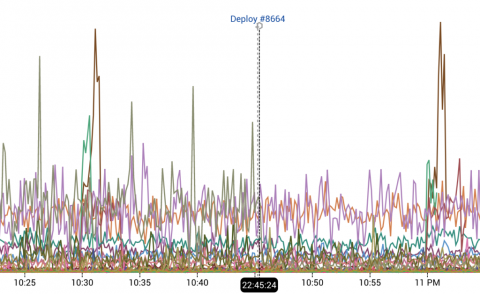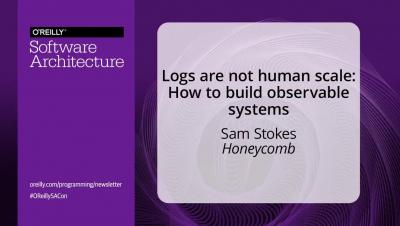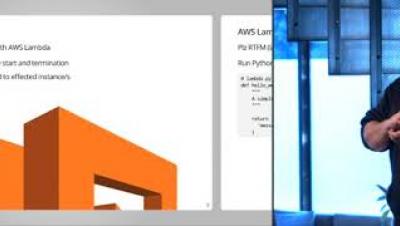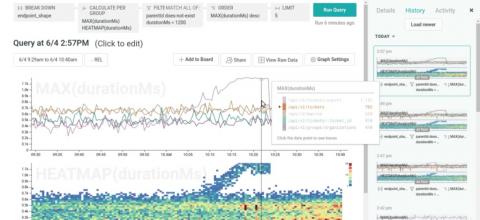Use New Range Markers to Show The Duration of a State Change
In our world of distributed systems, state changes to your infrastructure often take some time to propagate. With a few exceptions (for example, feature flags), single point in time changes are rare. Deploys, outages, database migrations, failovers, stress tests; none of these things are instantaneous – all have some duration during which the system is changing.











